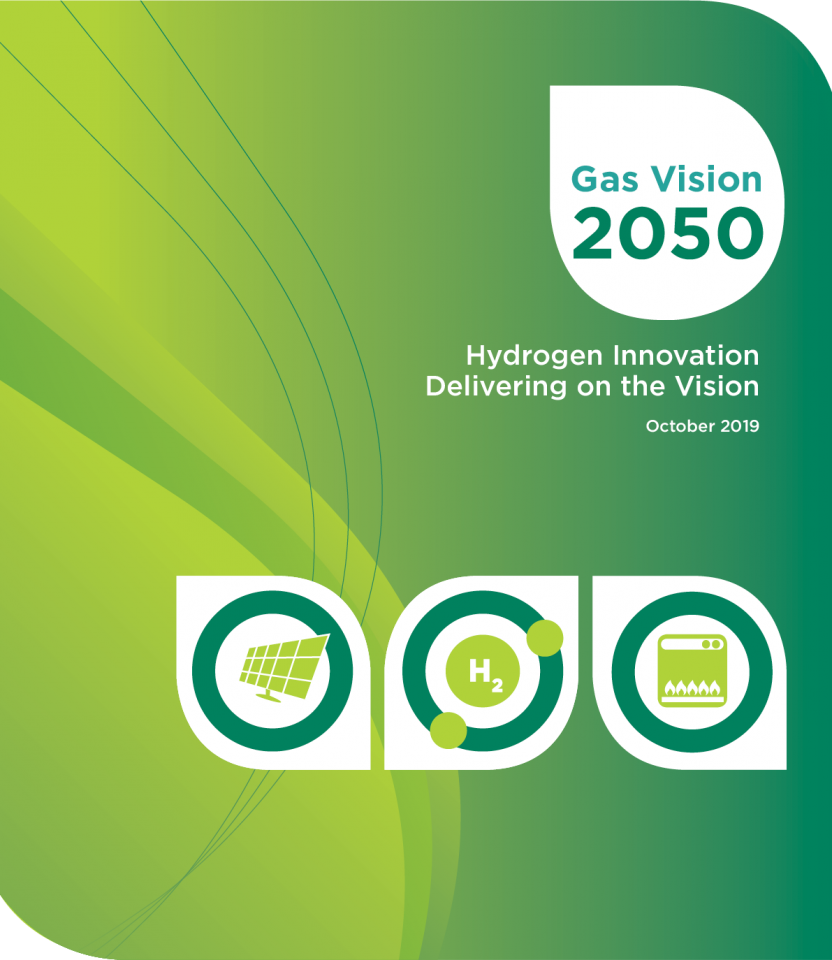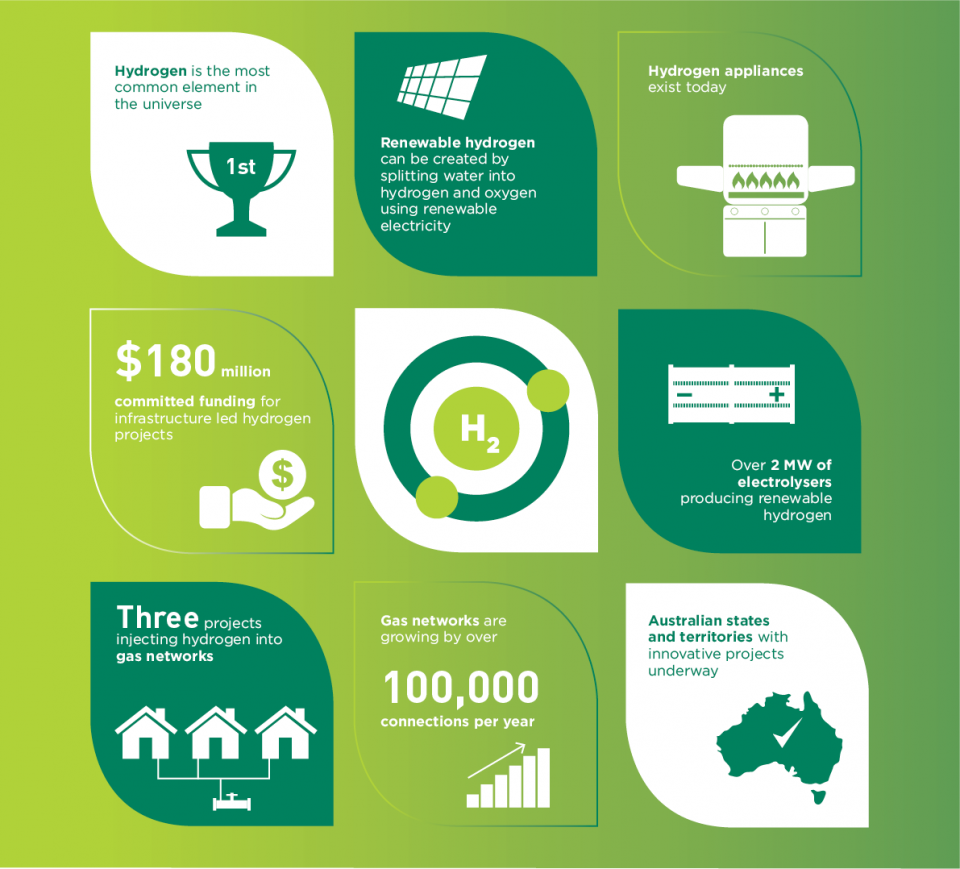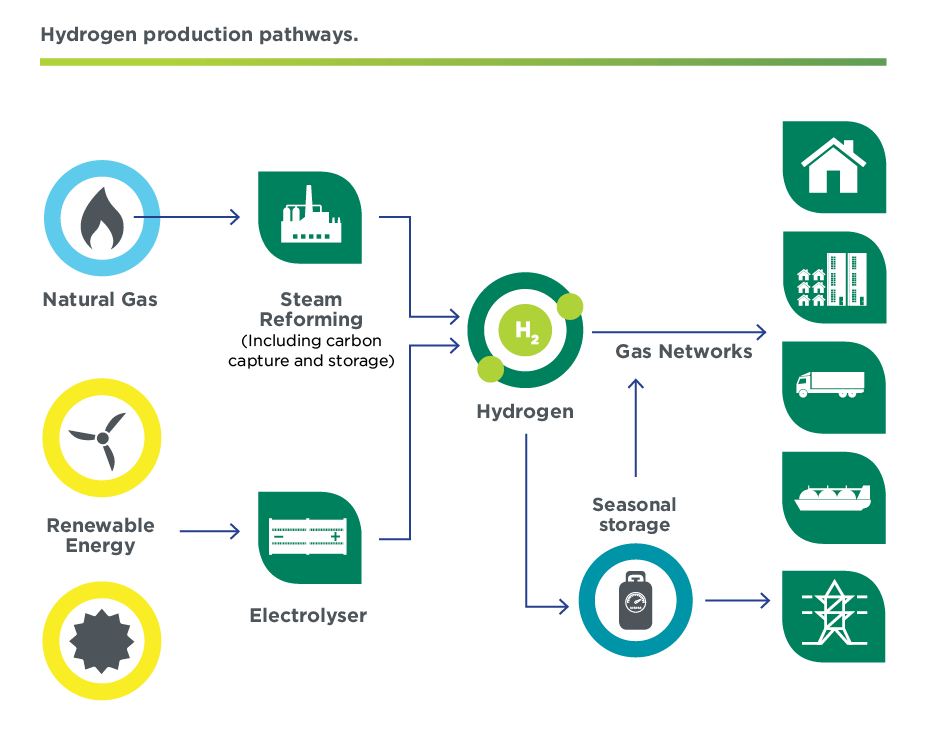
Two years ago, Energy Networks Australia and our industry partners launched Gas Vision 2050 – a vision that describes how transformational technologies can be deployed to achieve reliable, secure energy and cost-effective carbon reductions from gaseous fuel use.
Since then, the industry has invested in research and development, policy analysis and pilot projects to demonstrate these new technologies, with a focus on the role of hydrogen.
Our plan is to demonstrate the viability of these technologies by the mid-2020s and then start reducing emissions in individual networks, with the objective of full conversion across the country to zero emissions gas in the longer term.
More than 70 per cent of Australian homes are connected to gas, either through a network connection or from gas in cylinders. Gas network connections are growing by more than 100,000 a year. The infrastructure that provides gas to homes for cooking, heating and hot water will continue to provide gas for many decades to come.
A unique feature of this infrastructure is that it can supply high levels of energy when needed to ensure customers can access gas for heating and hot water during the colder winter months.

In the future, the energy supplied by gas will need to be decarbonised.
There is global momentum to reduce emissions from electricity with renewable generation technologies and there is growing recognition that the energy supplied by gas networks cannot be practically electrified.
Gas businesses are undertaking innovative projects to ensure they are ready to take advantage of current and future decarbonisation opportunities. The innovation includes research and development, hydrogen production and use technologies and studies to demonstrate the full conversion to hydrogen.

Producing renewable hydrogen is already being demonstrated in Canberra and Perth, and by early-2020, two more projects – in Adelaide and western Sydney – will come online. Across these projects, more than 2 MW of hydrogen production capacity will be installed that can deliver renewable hydrogen.
Supporting research and development can produce new technologies to further lower the cost of hydrogen production and accelerate the transition to hydrogen. The technical learning and social engagement from these projects will lead to larger-scale projects aimed at injecting renewable gas into networks and delivering cleaner gas to our customers. Through these activities, it is expected that the cost of hydrogen will be competitive with natural gas within the next five to 10 years.